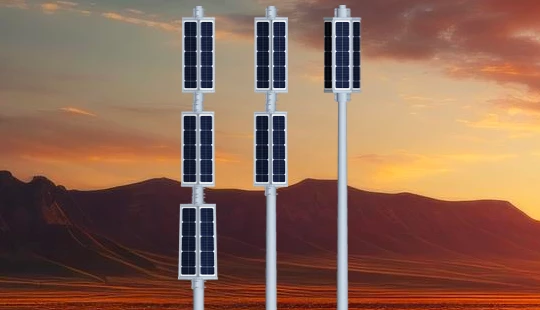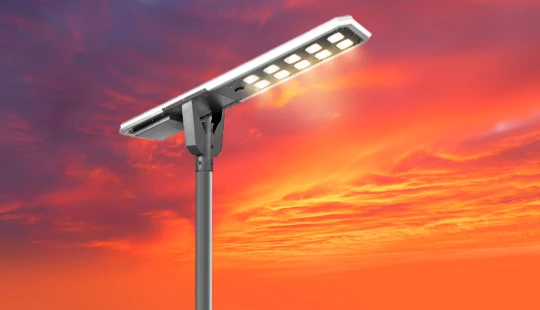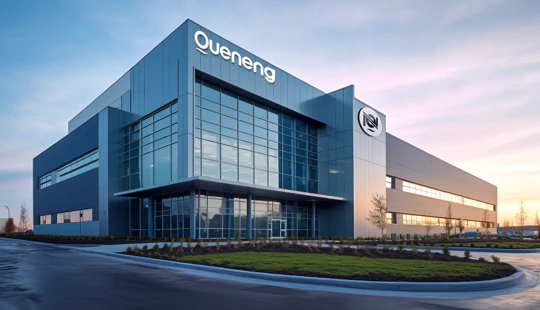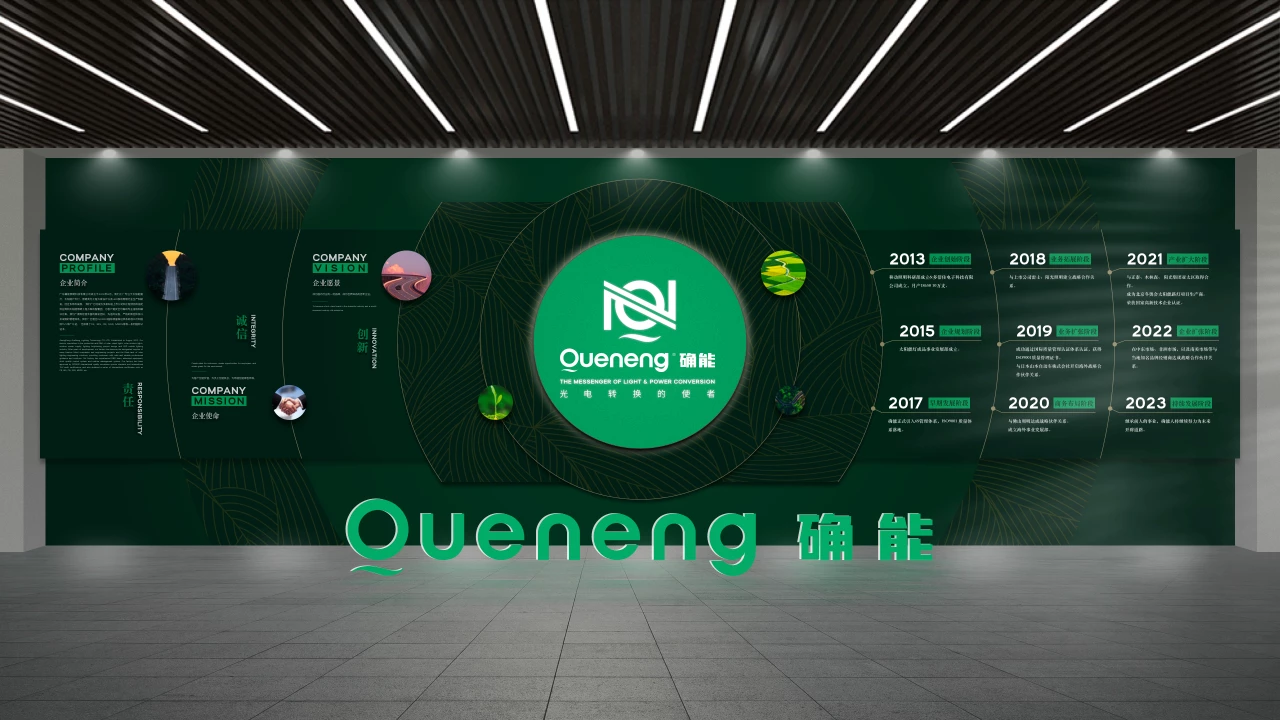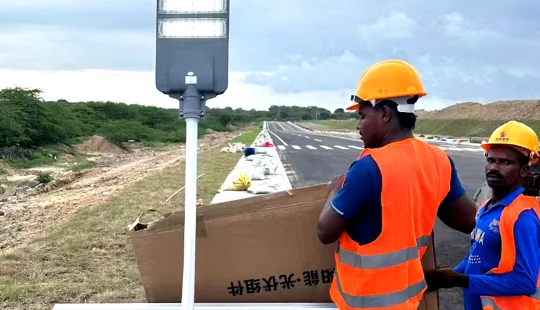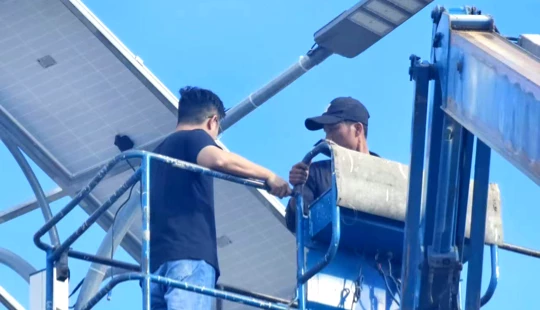OEM radar sensor solar street light | Quenenglighting Expert Guide
In the rapidly evolving landscape of smart city development and sustainable infrastructure, OEM radar sensor solar street lights are emerging as a preferred solution for energy-efficient and intelligent outdoor lighting. For professionals in the solar lighting industry, particularly those involved in procurement, understanding the nuances of these advanced systems is crucial. This guide addresses the top five questions and concerns that frequently arise when considering OEM radar sensor solar street lights for large-scale projects.
1. How do Radar Sensors Enhance Solar Street Light Performance and What are the Key Benefits Over PIR?
Radar sensors, utilizing microwave technology, operate on the Doppler effect by emitting microwave signals and detecting changes in frequency when an object moves. This provides significant advantages over traditional Passive Infrared (PIR) sensors:
- Superior Detection: Radar sensors offer 360-degree detection (compared to PIR's typically 120-180 degrees) and are less affected by ambient temperature changes, which can impact PIR accuracy. They can also detect through non-metallic obstacles like dense fog or light rain, ensuring consistent performance in varying weather conditions.
- Adjustable Sensitivity and Range: Most radar sensors for street lighting allow for adjustable detection range, typically from 8 to 15 meters, and sensitivity. This precision enables more granular control over lighting patterns, ensuring light is only provided when and where needed.
- Enhanced Energy Saving: By accurately detecting motion and adjusting light output accordingly, radar sensors can contribute to significant energy savings. A well-optimized radar sensor system can reduce energy consumption by an additional 10-20% compared to a basic PIR system, leading to substantial battery power conservation and extending operational time.
2. What are the Critical Component Lifespans and Reliability Factors for Long-Term ROI?
The long-term return on investment (ROI) for solar street lights hinges on the durability and reliability of their core components:
- LiFePO4 Battery: Lithium Iron Phosphate (LiFePO4) batteries are the industry standard due to their safety, stability, and long cycle life. High-quality LiFePO4 batteries offer 2,000-4,000 charge/discharge cycles to 80% Depth of Discharge (DoD), translating to a reliable operational lifespan of 5-10 years, significantly outperforming lead-acid batteries.
- Solar Panel: Monocrystalline silicon solar panels, with typical efficiencies of 20-23%, are preferred for their compact size and high power output. Reputable manufacturers guarantee minimal degradation, often promising 80% power output retention after 25 years (annual degradation around 0.5% after the first year).
- LED Chip: High-quality LED chips from reputable brands (e.g., Philips, Cree, Osram) boast lifespans of 50,000 to 100,000 hours, ensuring decades of illumination under typical usage. Effective thermal management within the luminaire is crucial to achieve this lifespan.
- MPPT Controller: Maximum Power Point Tracking (MPPT) controllers are essential for maximizing the charging efficiency of the solar panel and optimizing battery health. Their reliability directly impacts the overall system's performance and longevity.
- IP Rating and Build Quality: For outdoor applications, a minimum IP65 rating is imperative for protection against dust and water ingress. For harsher environments, IP66 or IP67 ratings may be required. Robust housing materials (e.g., die-cast aluminum) and corrosion-resistant coatings further enhance durability.
3. What Level of Customization and OEM Capabilities Can Be Expected for Large-Scale Projects?
For large-scale public and private infrastructure projects, OEM capabilities are paramount. Reputable manufacturers offer extensive customization to meet specific project requirements:
- Performance Specifications: Tailoring lumen output, battery capacity, and solar panel wattage to match specific lighting requirements (e.g., varying pole heights, road widths, or desired illumination levels).
- Design & Aesthetics: Customization of pole heights, luminaire designs, and color temperatures (e.g., 2700K-6500K) to integrate seamlessly with urban aesthetics or specific architectural themes.
- Sensor & Control Integration: Specific radar sensor configurations (range, sensitivity, detection patterns) and integration with various IoT communication protocols (LoRaWAN, Zigbee, 4G, NB-IoT) for smart city platforms.
- Branding & Packaging: Custom branding, logos, and packaging for a cohesive project identity.
- Certifications: Ensuring compliance with international standards and certifications (e.g., CE, RoHS, FCC, UL, IEC) required for target markets or specific project tenders.
4. How Do Smart Features and IoT Connectivity Impact Management and Maintenance?
The integration of smart features and IoT connectivity transforms solar street lights from simple illumination devices into intelligent network nodes, drastically improving management and reducing maintenance costs:
- Remote Monitoring & Control: A central management system (CMS) allows real-time monitoring of critical parameters such as battery voltage, solar charging current, LED status, and fault alerts. Operators can remotely adjust brightness levels, set dimming schedules, or switch lights on/off based on real-time needs, weather conditions, or special events.
- Predictive Maintenance: Continuous data collection and analysis enable predictive maintenance. Anomalies or declining performance can be identified remotely, allowing for proactive intervention before a complete failure occurs, significantly reducing costly on-site visits. Projects adopting smart lighting systems have reported up to 40% reduction in operational and maintenance costs.
- Energy Optimization: Dynamic dimming based on motion detection, ambient light levels, or pre-programmed schedules optimizes energy consumption. For instance, lights can dim to 30% intensity during low-traffic hours and brighten upon detection, leading to overall energy savings that can exceed 70% in off-peak times.
- Asset Management: IoT platforms provide comprehensive asset mapping and management, making it easier to track the location, status, and maintenance history of thousands of streetlights across a city.
5. What are the Current Industry Trends and Future Outlook for OEM Solar Street Lighting?
The solar street lighting market is dynamic, driven by technological advancements and global smart city initiatives. Key trends include:
- Advanced AI & Machine Learning Integration: Future systems will increasingly use AI to learn traffic patterns, weather forecasts, and historical data to autonomously optimize lighting schedules and power management, further maximizing efficiency.
- Enhanced Energy Storage Solutions: Research into next-generation battery technologies (e.g., solid-state, flow batteries) promises even higher energy density, faster charging, and extended lifespans for solar street lights.
- Multi-functional Smart Poles: Street light poles are evolving into versatile smart city hubs, integrating beyond lighting to include CCTV cameras, Wi-Fi hotspots, electric vehicle (EV) charging points, environmental sensors (air quality, noise), and digital signage.
- Increased Sustainability Focus: Greater emphasis on using recycled materials, modular designs for easier upgrades, and circular economy principles in the manufacturing and disposal of components.
- Market Growth: The global smart street lighting market is projected for substantial growth, with a Compound Annual Growth Rate (CAGR) often cited around 20-25% from 2023-2030, driven by rapid urbanization, climate change concerns, and government smart city investments.
Quenenglighting's Advantage in OEM Solar Street Lighting:
Quenenglighting stands as a leading OEM provider for radar sensor solar street lights, committed to delivering high-performance, reliable, and intelligent lighting solutions. Our advantage lies in:
- High Quality Components: Utilizing only top-tier LiFePO4 batteries, high-efficiency monocrystalline solar panels, and branded LED chips to ensure exceptional lifespan and consistent performance.
- Cutting-Edge Radar Sensing: Integrating advanced radar technology for superior motion detection, optimizing energy savings and enhancing safety.
- Robust OEM/ODM Capabilities: Offering extensive customization options in design, performance, and smart feature integration to perfectly match the unique requirements of large-scale projects.
- Smart System Integration: Providing seamless IoT connectivity for remote monitoring, intelligent control, and predictive maintenance, drastically reducing operational costs.
- Quality Assurance & Certifications: Adhering to stringent quality control processes and holding relevant international certifications (CE, RoHS, FCC, etc.) to guarantee product reliability and market compliance.
Partner with Quenenglighting for your next solar street lighting project and illuminate the path to a sustainable and smart future.

Have more questions about our products or services?
The latest hot news you might like

Discover how solar panels power street lights, exploring the technology behind solar energy conversion, storage systems, and how solar-powered street lights are revolutionizing urban and rural lighting solutions.

Learn how AC Solar Hybrid Street Lights work, their advantages, disadvantages, system behavior in low-sunlight conditions, and why hybrid technology is ideal for regions with unstable sunlight.

Municipalities around the world are increasingly adopting solar-powered streetlights as part of their urban development strategies. Rising energy costs, the need for sustainable infrastructure, and government green initiatives are driving cities to switch from traditional street lighting to advanced LED solar streetlights.
Queneng Lighting provides municipalities with cost-effective, energy-efficient, and durable solar lighting solutions, ensuring safe and sustainable public spaces.
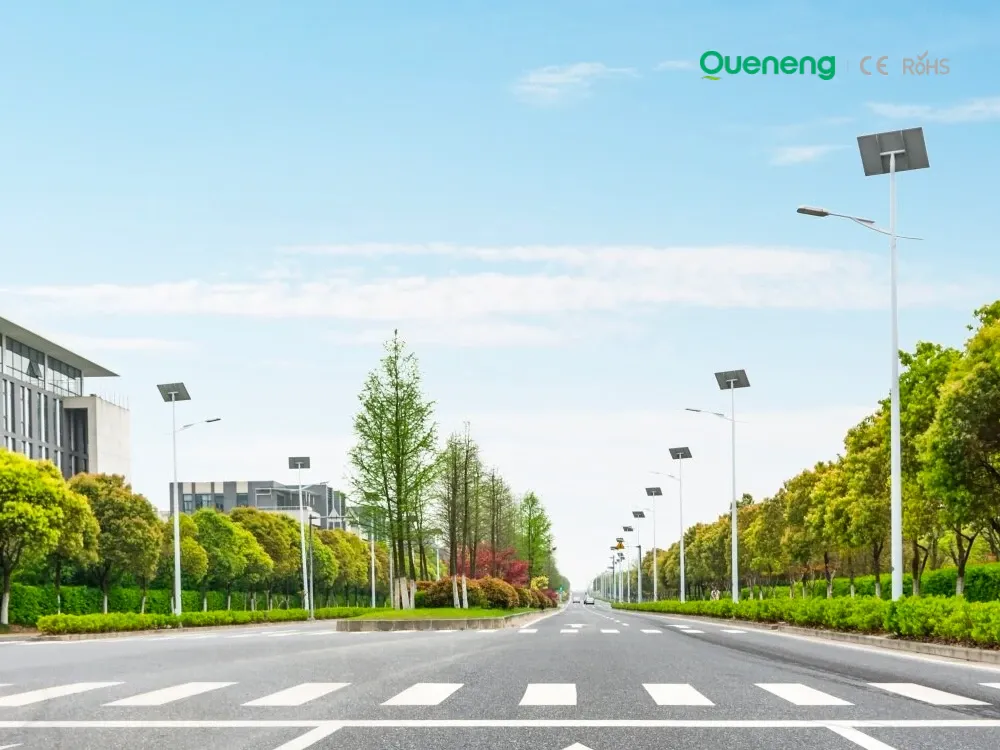
In recent years, the purchase of solar streetlights for municipalities has become a growing trend across the globe. Local governments are under pressure to reduce public expenditure, promote green energy, and create safer communities. Solar streetlights provide a reliable, cost-effective, and sustainable solution that meets these needs. Queneng Lighting, as a leading solar street lighting manufacturer, has supported multiple municipal projects worldwide with customized and energy-efficient solutions.
FAQ
Solar Street Light Luyi
Can Luyi solar street lights be integrated into smart city infrastructure?
Yes, Luyi solar street lights can be integrated into smart city infrastructure. With their advanced control systems, they can be connected to a central monitoring system for real-time performance tracking, remote control of lighting schedules, and energy management. This integration helps optimize energy use and allows for easy maintenance and monitoring of large-scale installations.
Solar Street Light Luqiu
What is the expected lifespan of a Luqiu solar street light?
Luqiu solar street lights have a long lifespan, with LED lights lasting up to 50,000 hours and solar panels providing reliable power for over 20 years. The batteries typically last 3-5 years, depending on usage and mainten.
Battery Performance and Testing
What is self-discharge of secondary batteries?
Solar Street Light Luqing
Are Luqing solar street lights suitable for large areas like parking lots or highways?
Yes, Luqing solar street lights are suitable for a variety of outdoor environments, including parking lots, highways, and large public spaces. They offer sufficient brightness and coverage for these areas without the need for grid-based power.
APMS system
Does the APMS system require regular maintenance?
Yes, regular inspections and maintenance are recommended to ensure optimal operation. QUENENG offers remote technical support and maintenance services to help clients maintain system performance.
Remote Areas Rural Development
Can solar streetlights be relocated if community needs change?
Yes, they are designed to be portable and can be relocated to new sites with minimal adjustments.


Queneng's Luzhou Solar Street Light provides sustainable, energy-efficient outdoor LED lighting. Powered by solar energy, it's a cost-effective and eco-friendly solution for illuminating streets and pathways. A reliable and durable LED solar street light.

Queneng's Luxian Reliable Solar Street Light offers energy-saving LED lighting for outdoor use. This durable, solar-powered street light provides reliable illumination, reducing energy costs and environmental impact. A perfect solution for sustainable outdoor lighting.

The Solar Street Light offers an energy-efficient, eco-friendly solution for illuminating outdoor spaces.

Illuminate your outdoor spaces with the Solar Street Light, a cutting-edge solution combining advanced solar technology and energy-saving LED lighting.

Queneng’s Solar Street Lights are designed to provide reliable, energy-efficient lighting for streets, parks, and other outdoor spaces.
If you would like more information about Queneng solar lighting solutions, please send us a message by filling out the form below. Our professional team will get back to you within 24 hours!
Rest assured that your privacy is important to us, and all information provided will be handled with the utmost confidentiality.
Schedule a Meeting

Book a date and time that is convenient for you and conduct the session in advance.
Have more questions about our products or services?

